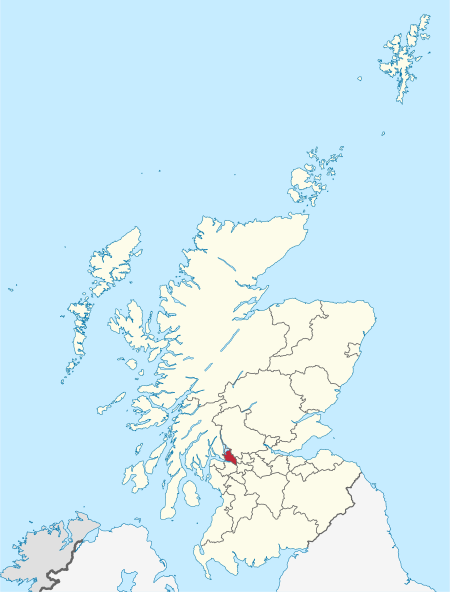West Dunbartonshire

West Dunbartonshire (Scots: Wast Dunbairtonshire; Scottish Gaelic: Siorrachd Dhùn Breatann an Iar, pronounced [ˈʃirˠəxk ɣum ˈpɾʲɛht̪ən̪ˠ əɲ ˈiəɾ]) is one of the 32 local government council areas of Scotland. The area lies to the north-west of the Glasgow City council area and contains many of Glasgow's commuter towns and villages. West Dunbartonshire also borders Argyll and Bute, East Dunbartonshire, Renfrewshire and Stirling. The council area was formed in 1996 from the former Clydebank district and the eastern part of Dumbarton district, which had both been part of Strathclyde Region. West Dunbartonshire has three main urban areas: Clydebank, Dumbarton and the Vale of Leven. The area also includes the intervening rural areas, including the Kilpatrick Hills and the south-eastern bank of Loch Lomond. The council is based at 16 Church Street in Dumbarton, although Clydebank is the largest town.
Excerpt from the Wikipedia article West Dunbartonshire (License: CC BY-SA 3.0, Authors, Images).West Dunbartonshire
Geographical coordinates (GPS) Address Nearby Places Show on map
Geographical coordinates (GPS)
| Latitude | Longitude |
|---|---|
| N 55.99 ° | E -4.515 ° |
Address
Bonhill
G83 9HS
Scotland, United Kingdom
Open on Google Maps







